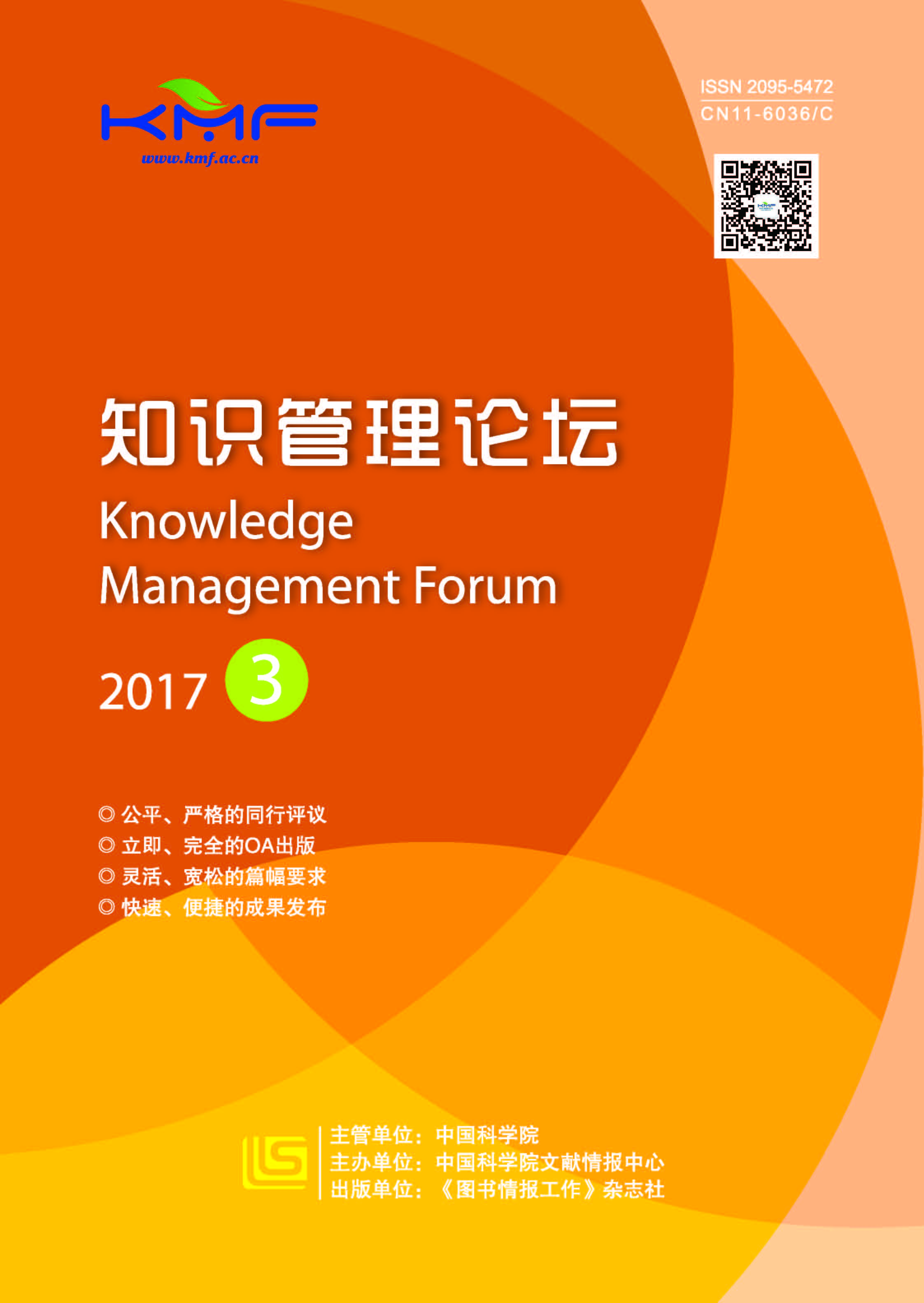 PDF(2149 KB)
PDF(2149 KB)


Study on Dynamic Evolution and the Structure of Transnational Scientific Collaborative Network——Taking Knowledge Management as an Example
Xu, Liang Qihua, Zhang Chunyang
Knowledge Management Forum ›› 2017, Vol. 2 ›› Issue (3) : 214-223.
 PDF(2149 KB)
PDF(2149 KB)
 PDF(2149 KB)
PDF(2149 KB)
Study on Dynamic Evolution and the Structure of Transnational Scientific Collaborative Network——Taking Knowledge Management as an Example

knowledge management / transnational collaborative network / evolution characteristics
/
| 〈 |
|
〉 |